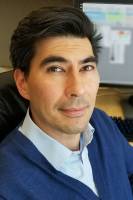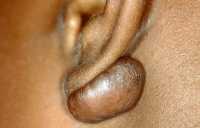Aging, Author Interviews, Dermatology / 02.10.2020
Scientists Identify Factor That May Allow Skin to Heal Without Scarring
MedicalResearch.com Interview with:
Ryan R. Driskell Ph.D.
Assistant Professor
School of Molecular Biosciences
Center for Reproductive Biology
Washington State University
Pullman, WA. 99164
MedicalResearch.com: What is the background for this study? What are the main findings?
Response: Scars a serious health concern when they cover large areas of the body. Understanding how to functionally regenerate skin can improve the quality of life for individuals with large scars.
Importantly, our study is proof of concept, in that we identified a genetic factor that allows adult skin to repair itself like the skin of a newborn babe. The discovery has implications for better skin wound treatment as well as preventing some of the aging process in skin.
(more…)


